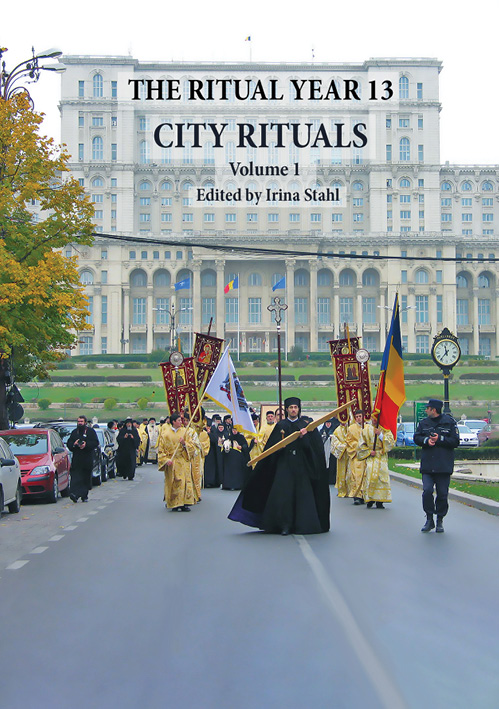A Tradition of Invention
Keywords:
lily-of-the-valley, Convallaria majalis, Fête du Muguet, Fête de la Saint-Lubin, Rambouillet, town festivals, farming fairsAbstract
The nineteenth and twentieth centuries were a heyday for founding festivals, some of which were to die on the vine, while some continued until meeting an especially rough obstacle (like a world war), and yet others have carried on to become centenarians. There are ample records of particular people as “inventors”, whose ambition is to see a festival take hold and survive their own influence for the greater benefit of the community. This can provide an opportunity to examine the dynamics of continuity and the eventuality of rupture. A town outside Paris, France, has two invented festivals, one in spring, begun in 1906, the other in autumn, begun in 1990, both attributed principally to the mayor at the time of inception. Examination of these “inventions” entails adding considerable nuances and attempting to see into a multi-stranded weave of custom, agency, feedback loops and shifts in context over time. In both cases, there is an archive record, as well as oral testimony, on efforts to mobilize the energies of the town folk and create a festival with multiple benefits, from providing an event embracing the symbols of their identity in a forest and rural region, make everyone pleased with a lasting impact on tourism, underwrite a congenial interest in making money, as well as in development of the town as residentially desirable, and, most recently, insert these festivals into an emerging pattern of national policy on social integration and strategies of territorialization. Everything comes from somewhere, so this examination will attempt to trace out the landscape of social context, precedents and often impressive personal networking that enabled inventors to carry town festivals over into broad acceptance and make of them, as they explicitly intended, a tradition – twice.

